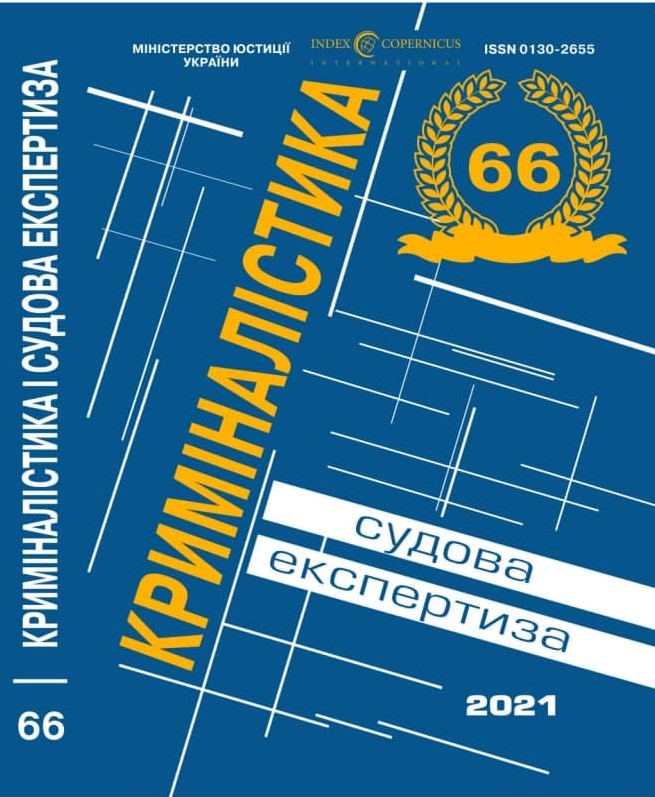DOI: https://doi.org/10.33994/kndise.2021.66.90
N. Kisil
When considering disputes over copyright infringement on works of fine art, it becomes necessary to establish the fact of the use of works. In Ukraine, the study of properties, features, patterns of creation and use of works of art as objects of copyright is included in the subject of expertise in the field of intellectual property.
Based on generalization of expert practice, the main tasks of forensic examination of works of fine art have been identified. They are:
– definition in the research object of the characteristics of the copyright object;
– determination in the object of research or part of it (including the name) of the signs of originality and creative nature;
– establishment of the fact of reproduction of a work or part thereof, which has an independent meaning; establishment of the fact of processing of a work.
As a result of the research, approaches have been developed to solve expert problems related to works of fine art. The main approaches are highlighted by examples of the study of animated characters and paintings.
The following algorithm of actions is proposed when establishing the fact of reproduction of works of fine art – characters:
1) to analyze the properties and characteristics of the objects under study;
2) highlight the elements that relate to the elements of the form and content of the work;
3) identify common and distinctive features; conduct its comparative analysis;
4) to find out the nature of changes in the attributes of these objects;
5) to establish whether the coinciding attributes form a set that is sufficient to identify a certain object.
Based on the results of the study, the author concludes that when establishing the fact of reproduction or processing of a work of painting, special attention should be paid to the analysis of coincidences and differences in the elements of the form and content of the studied works. If you find matches in the elements of the form, it is necessary to determine whether these elements are individualizing for this work (whether they are original). When it is established that the found coincidences in the elements of the studied works of painting are due to the reflection of objective reality (properties and features of the objects of the image), the use of generally accepted (standard) techniques and methods of creation, there will be no reason to conclude that there is a reproduction or processing of the work. Such elements do not individualize the work of a particular author (they are not original) and, according to the provisions of copyright, can be freely used in the works of different authors.
Key words: a work of art, a work of painting, a character, an object of copyright, reproduction of a work, processing, intellectual property, forensic examination

